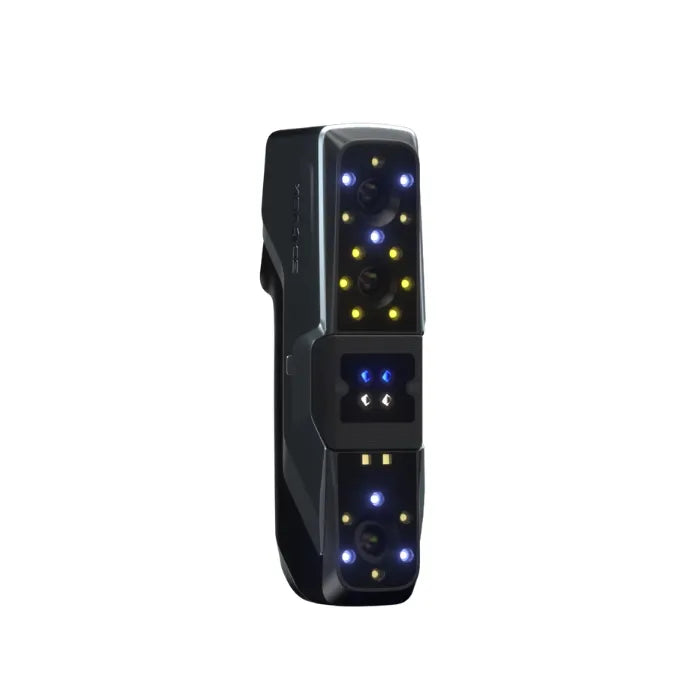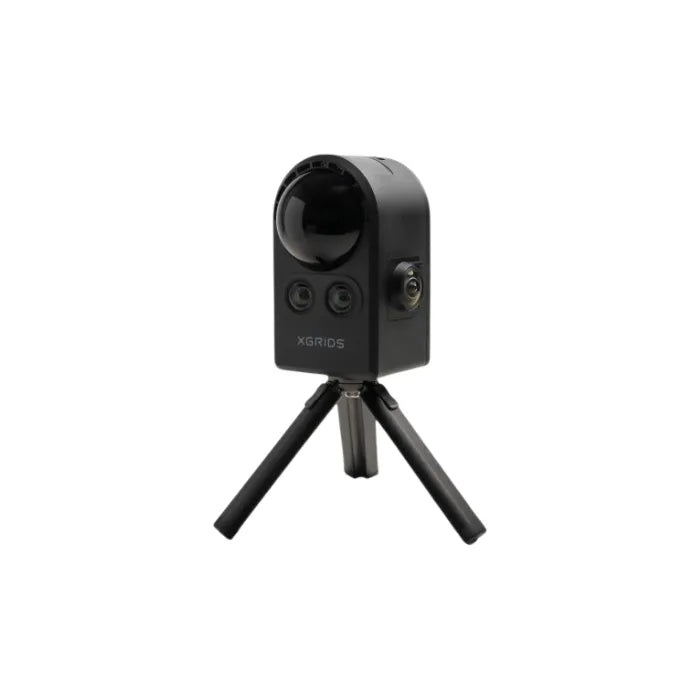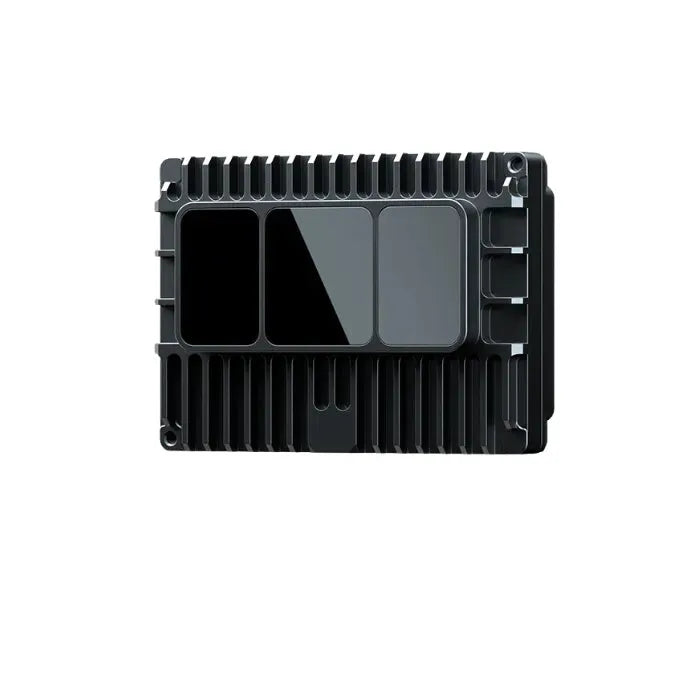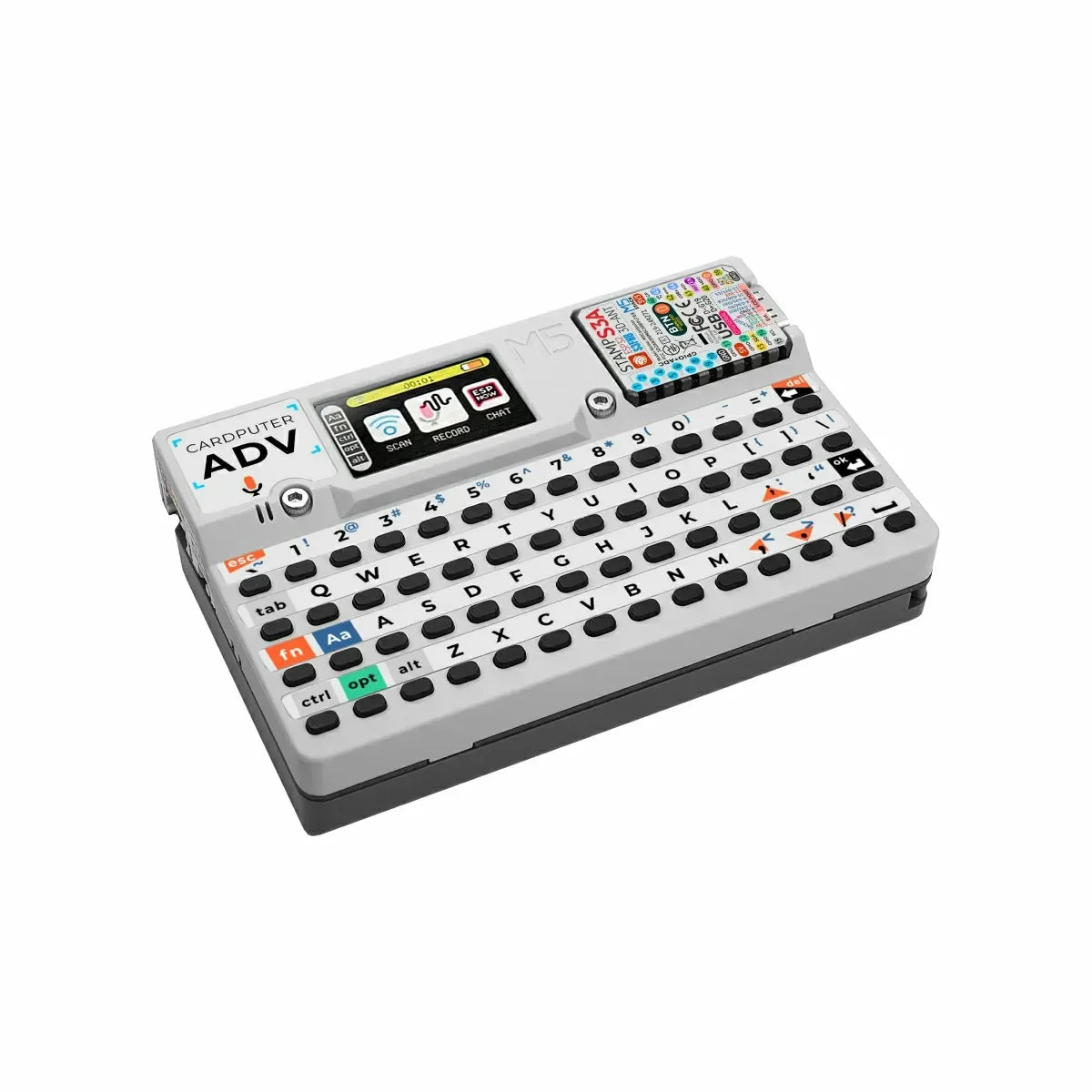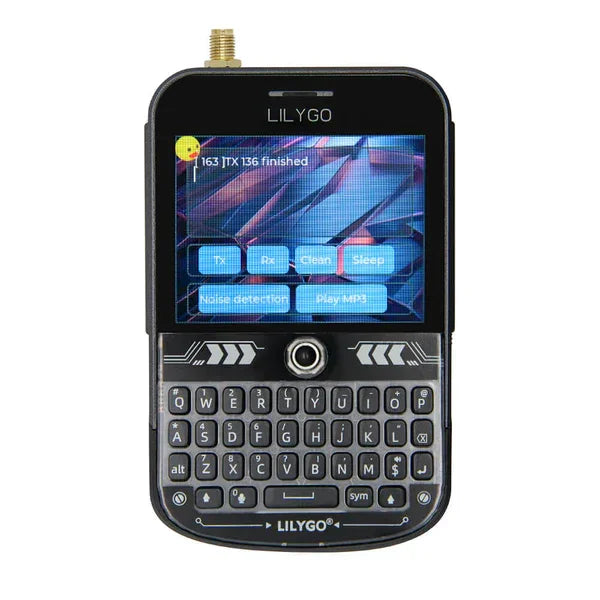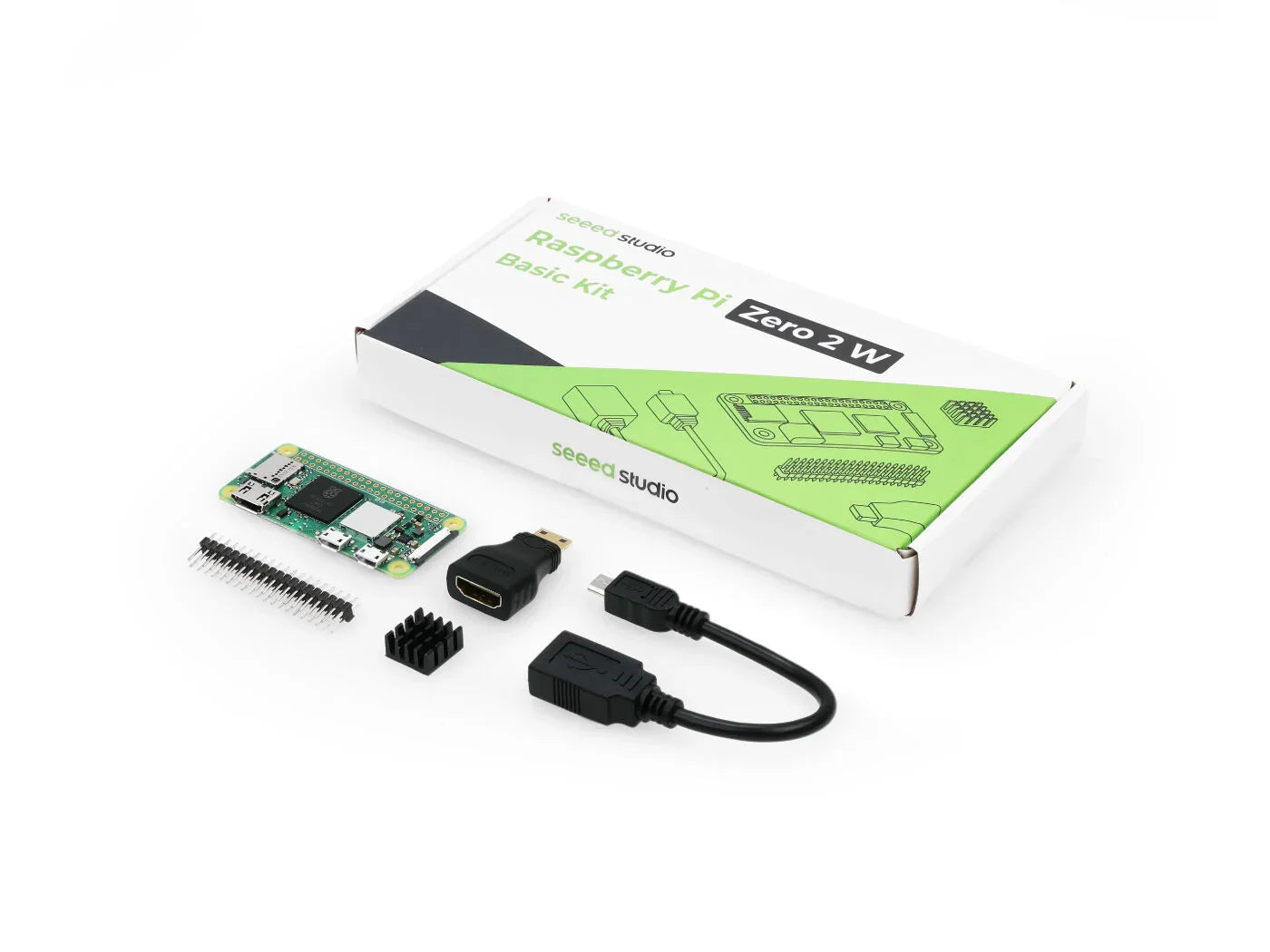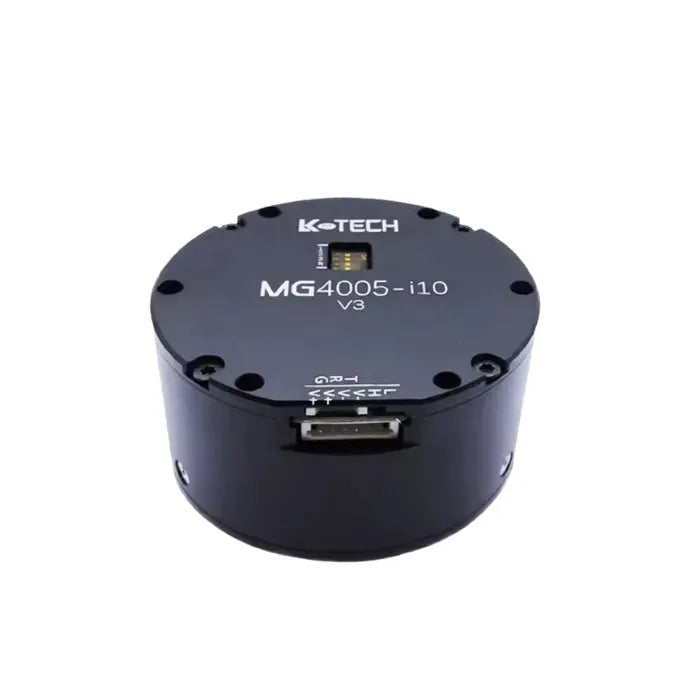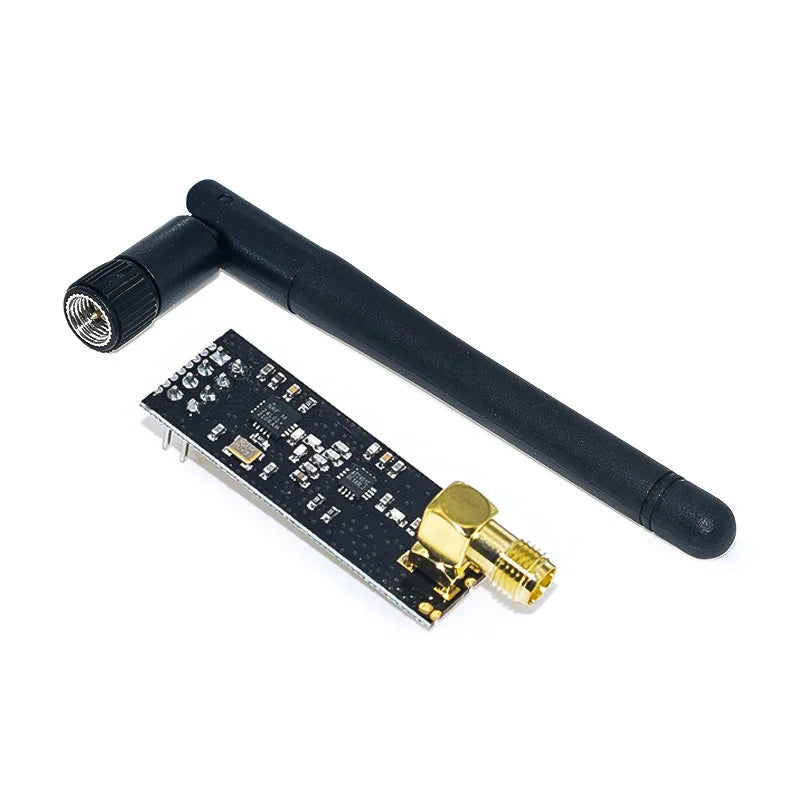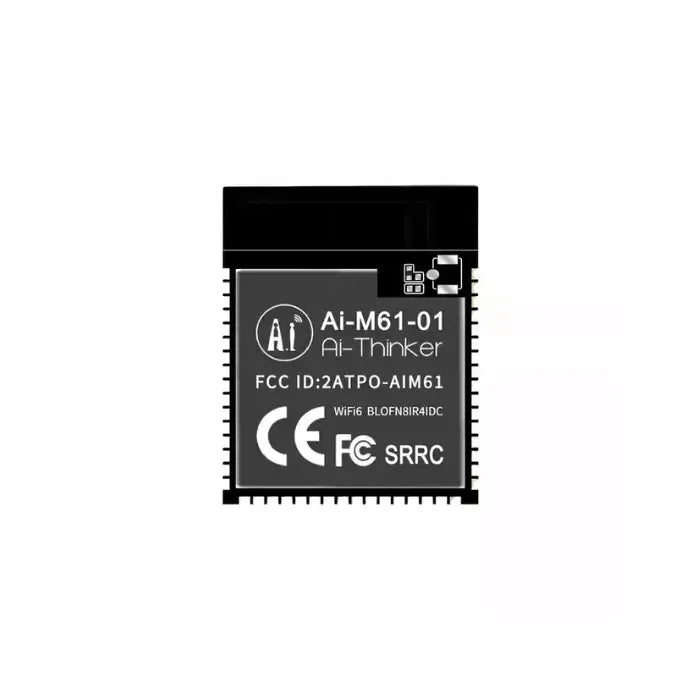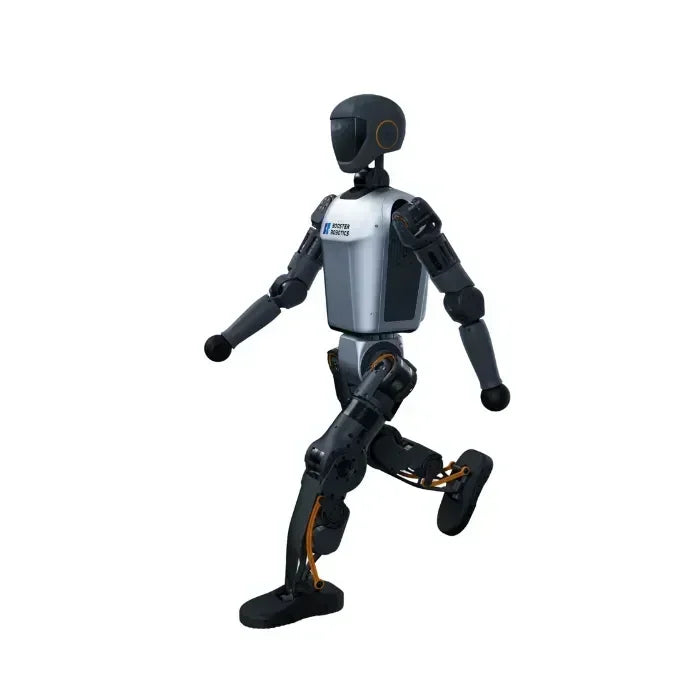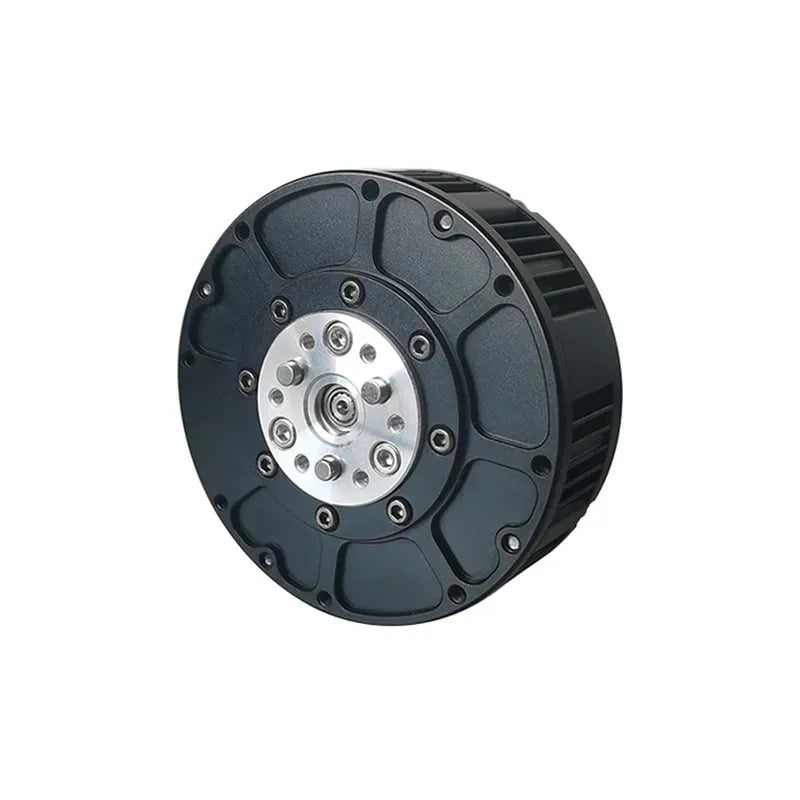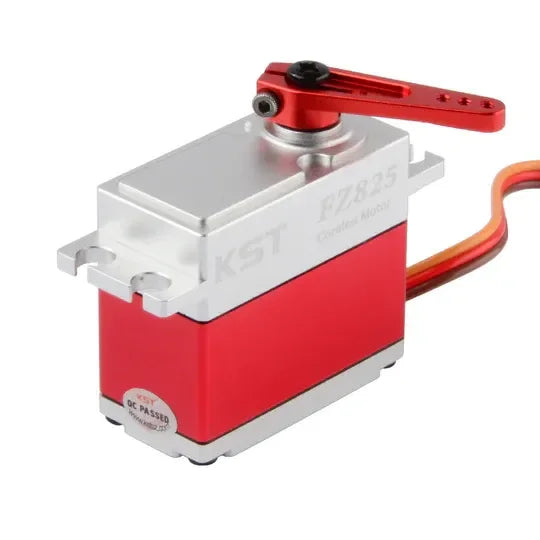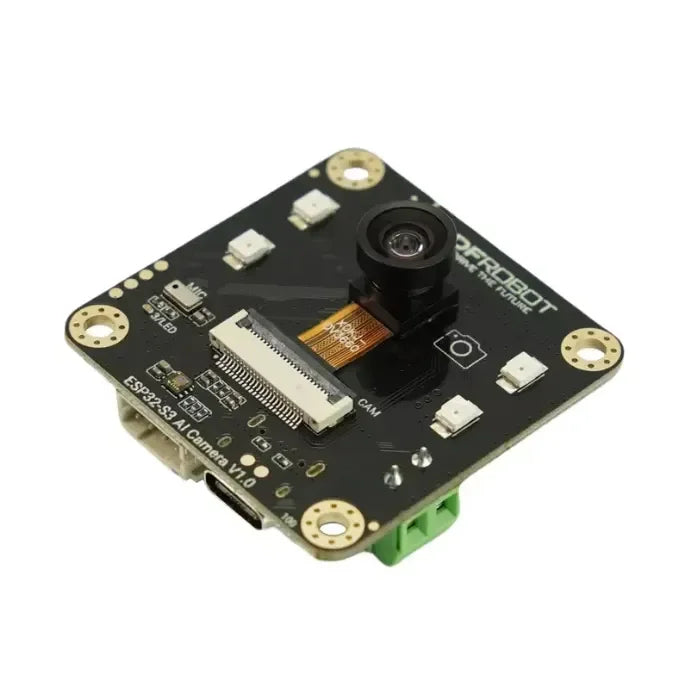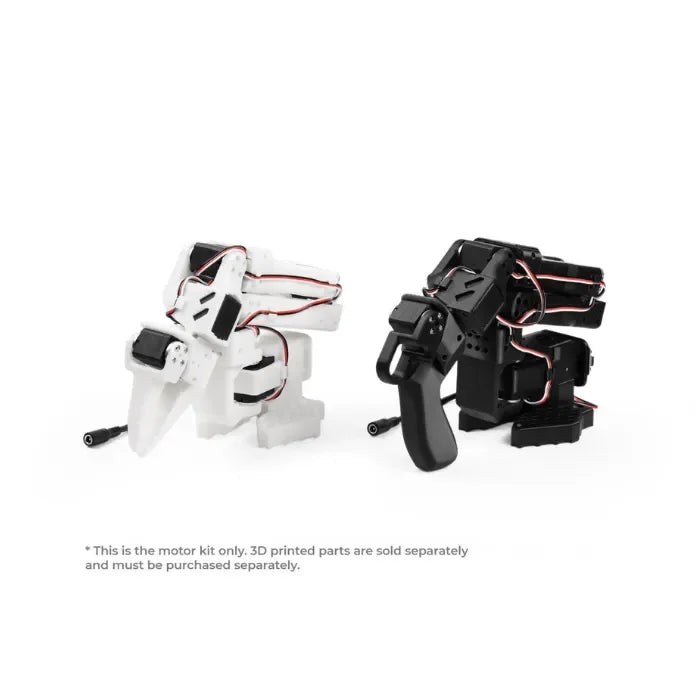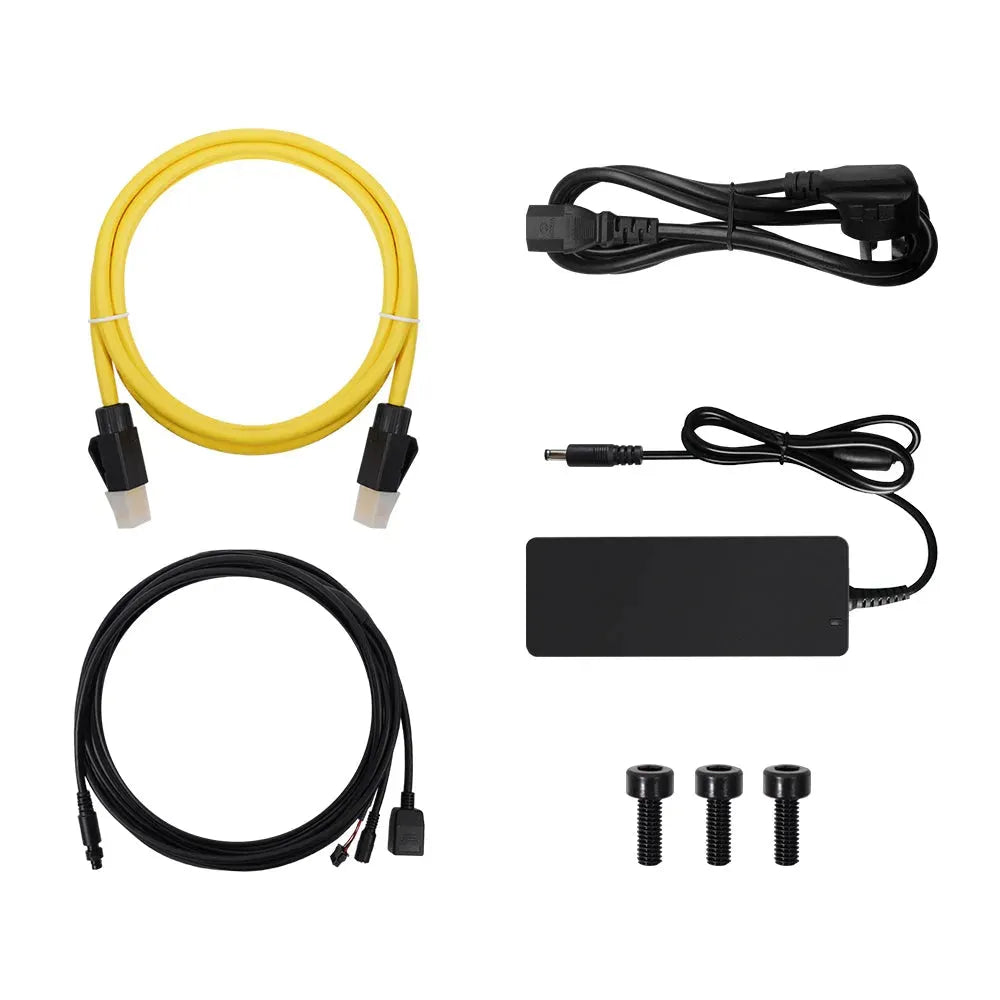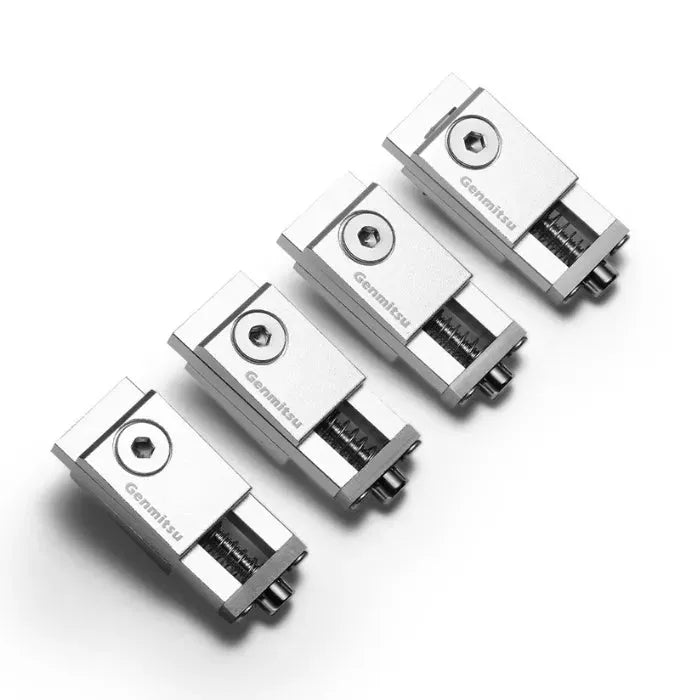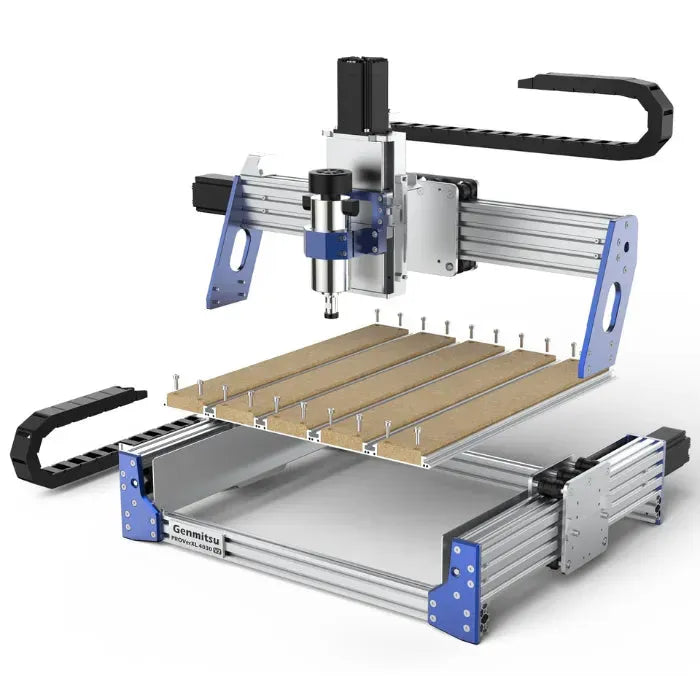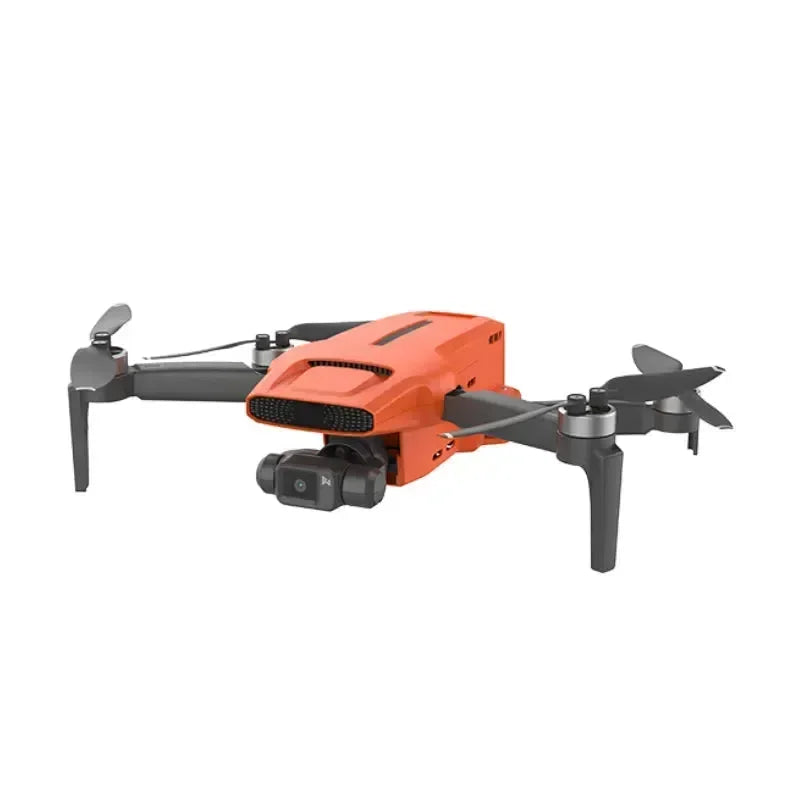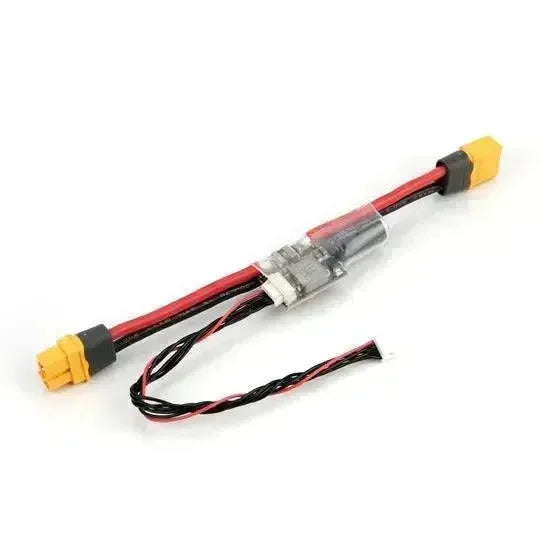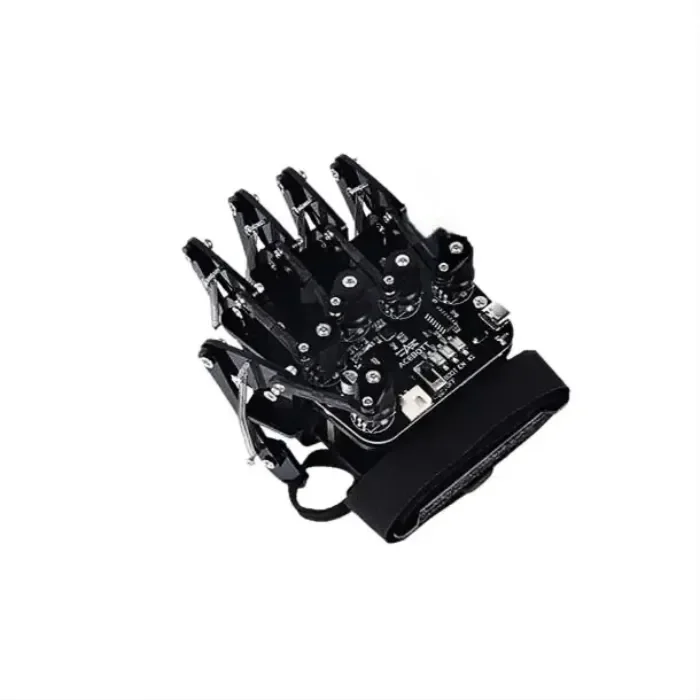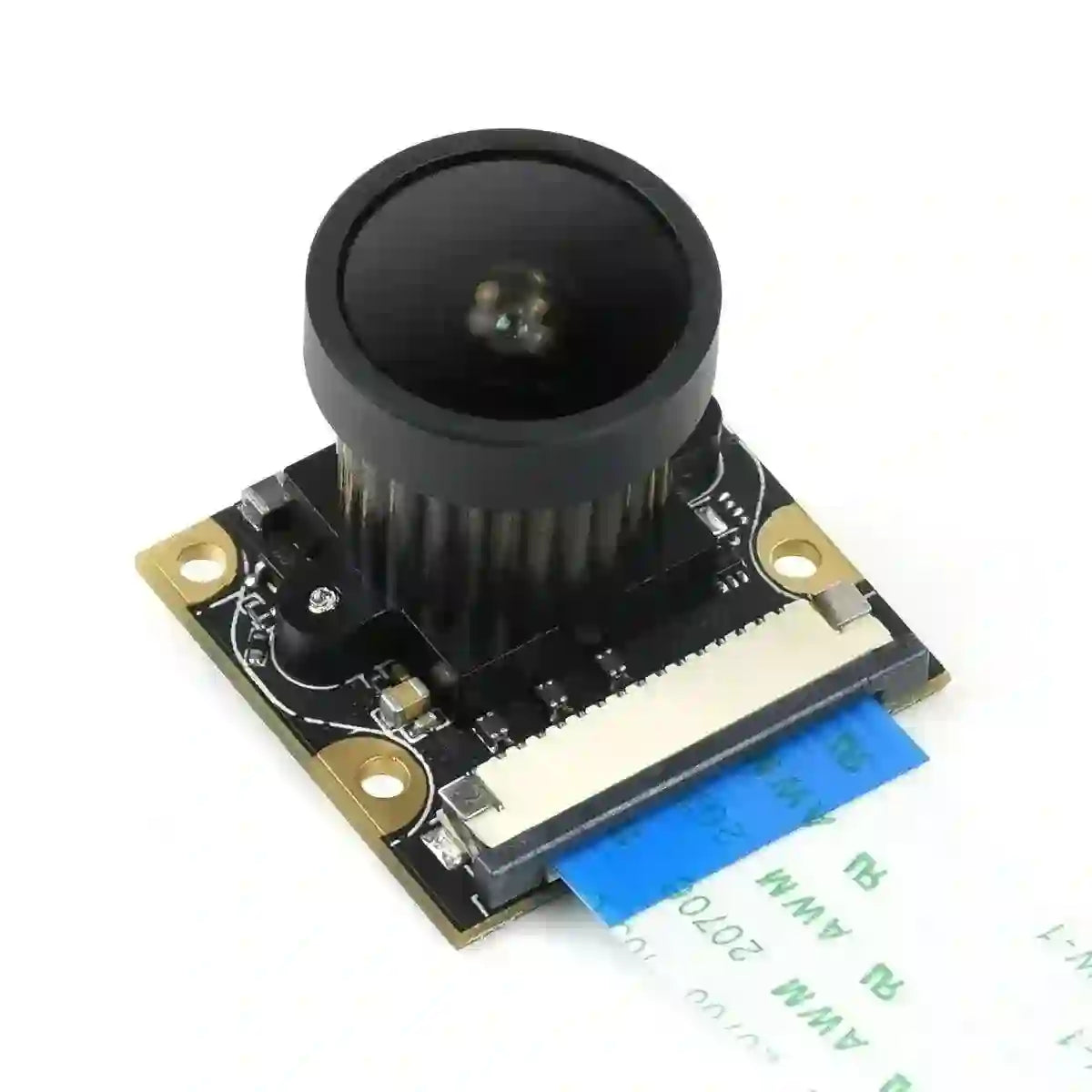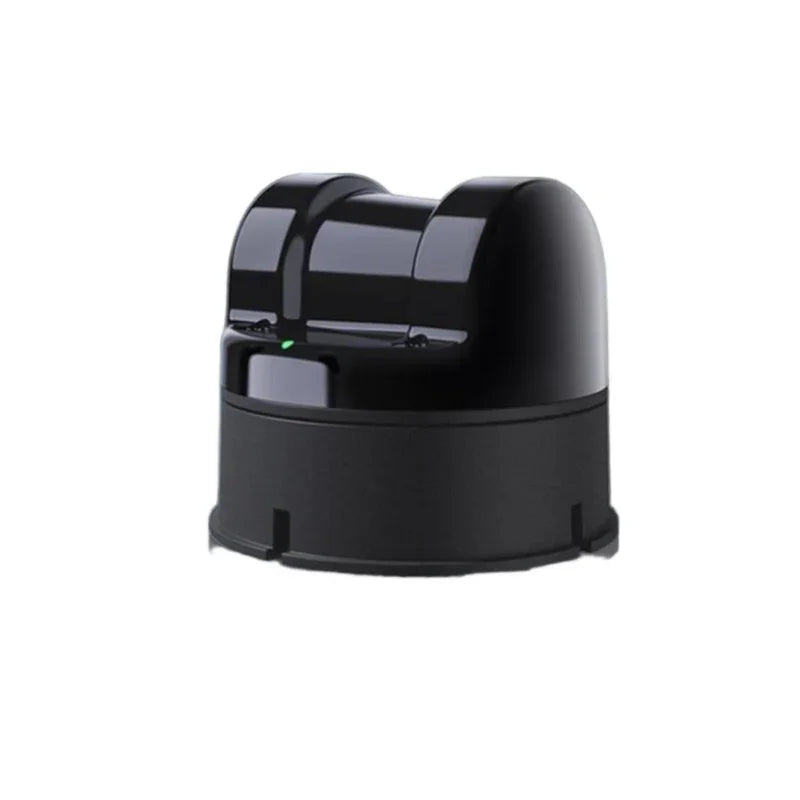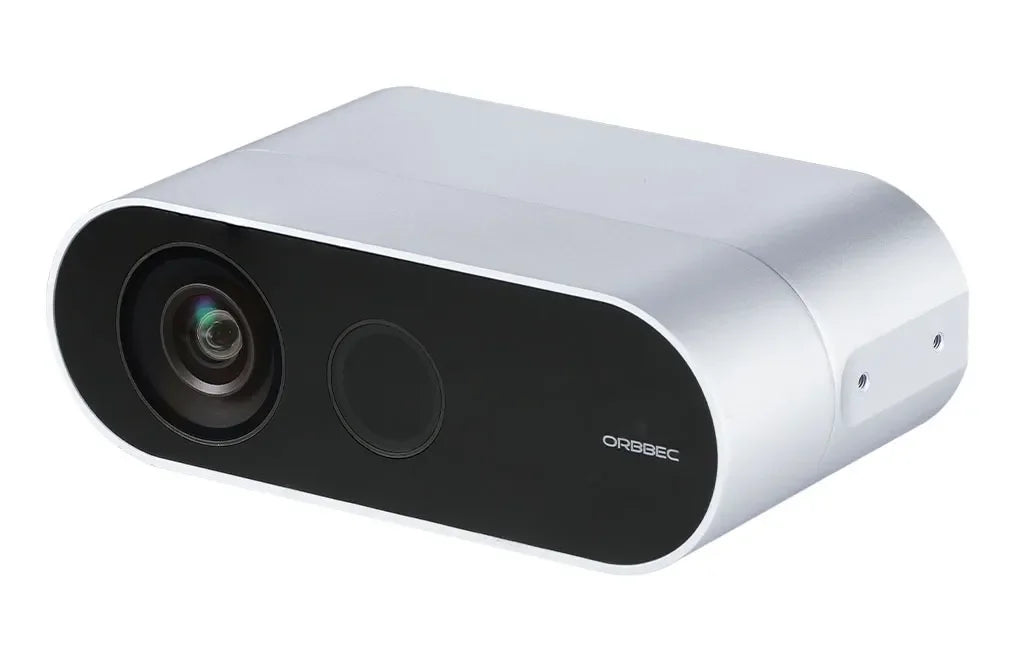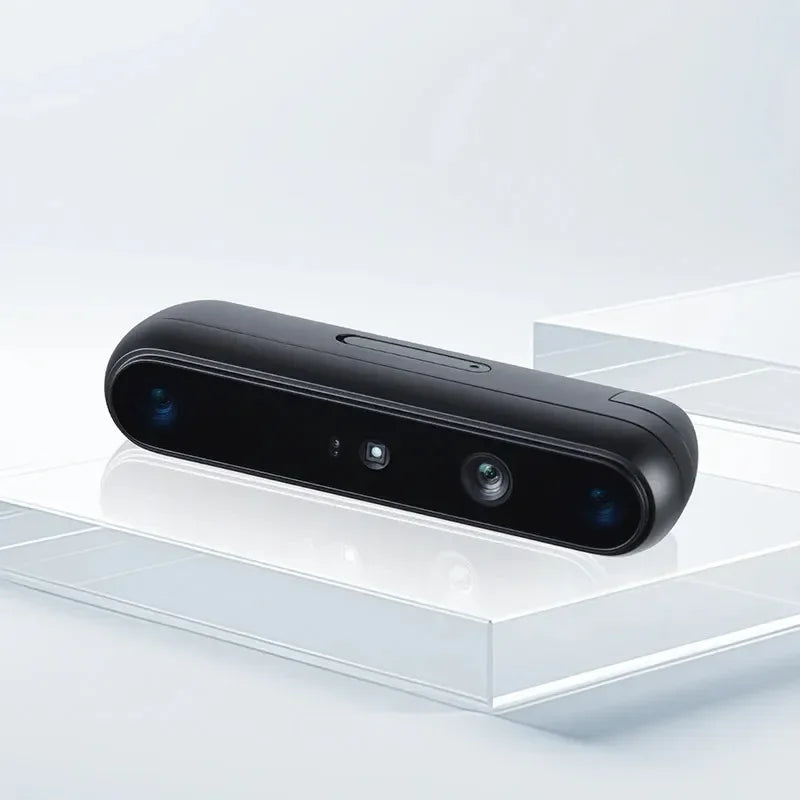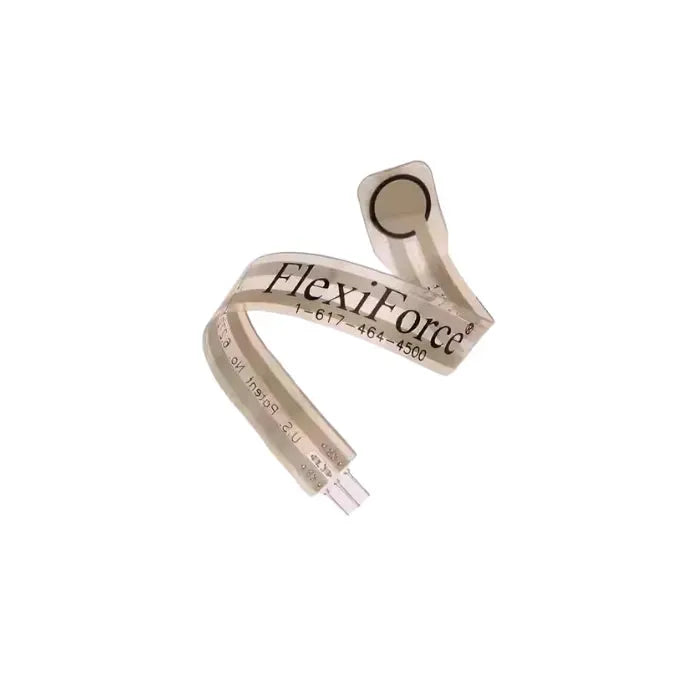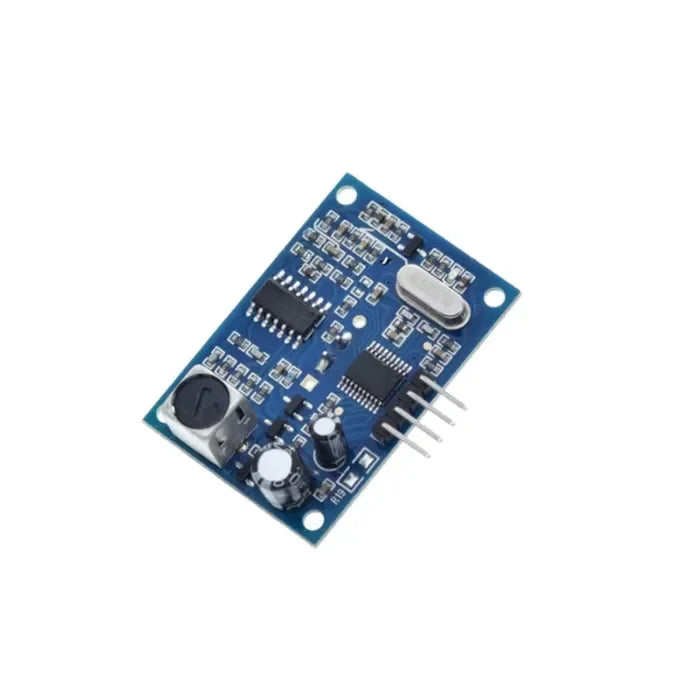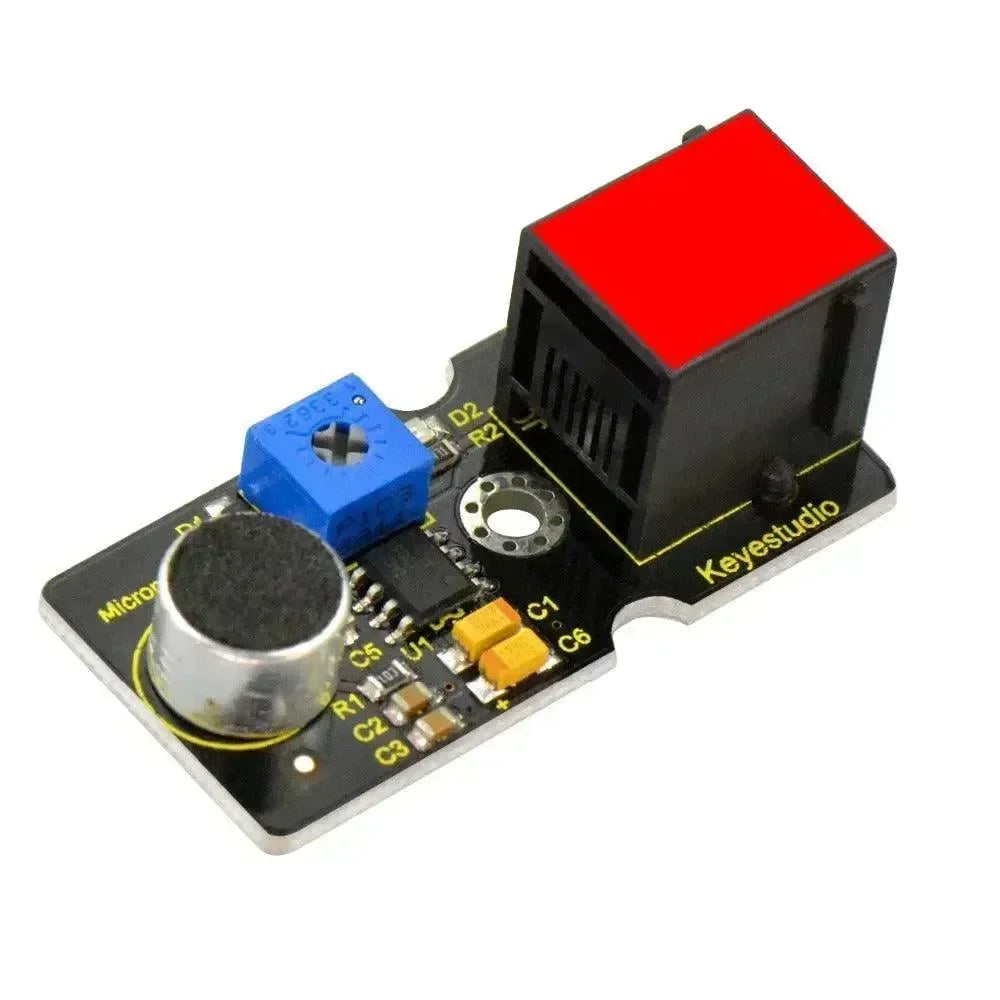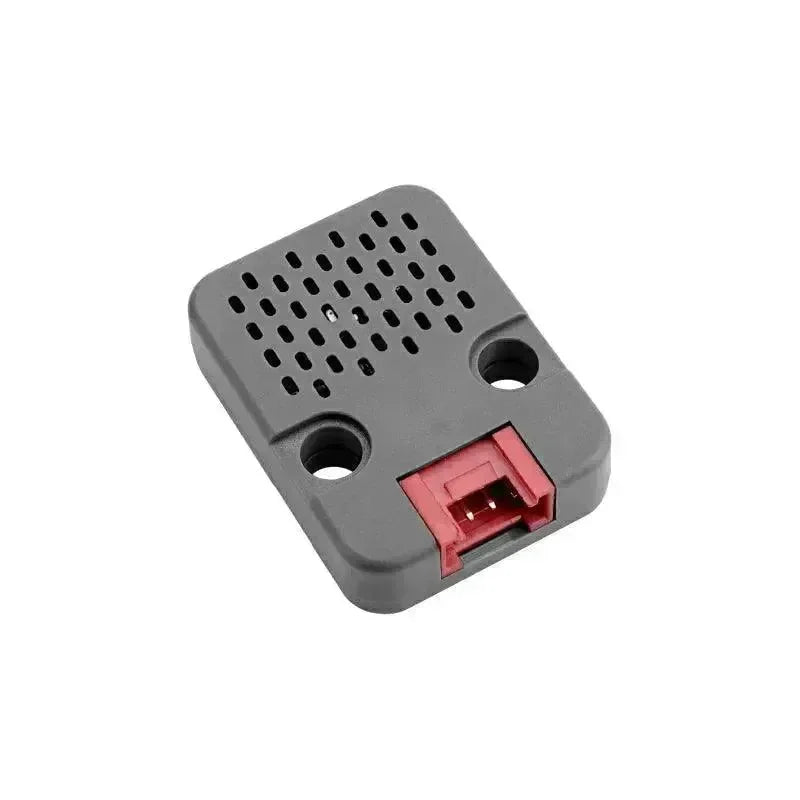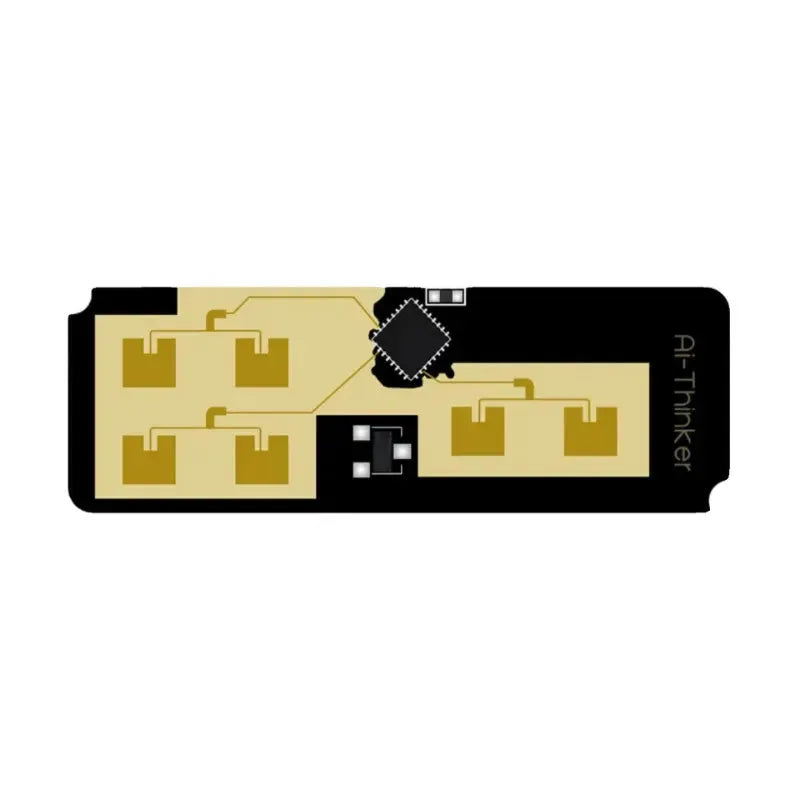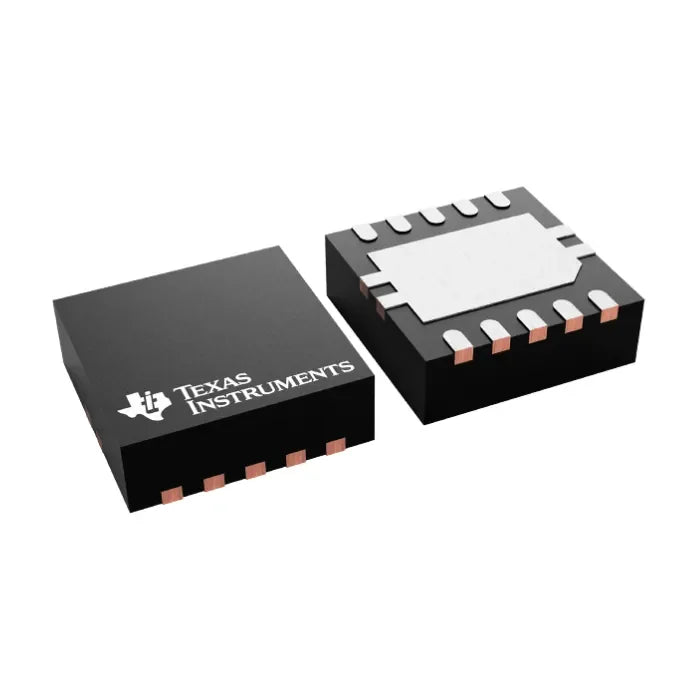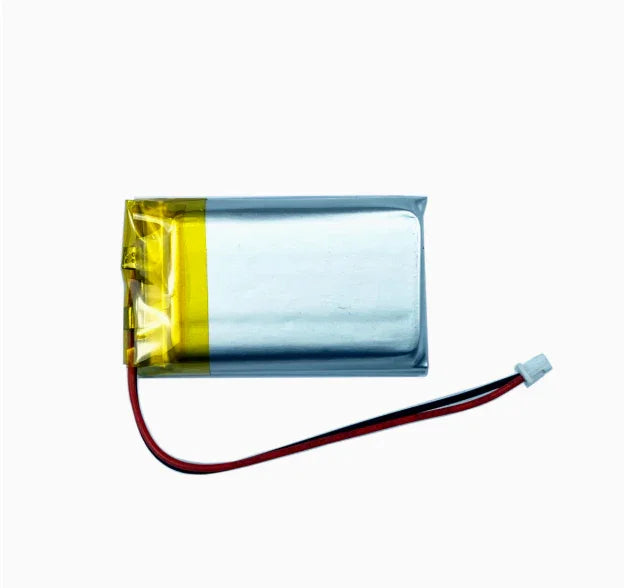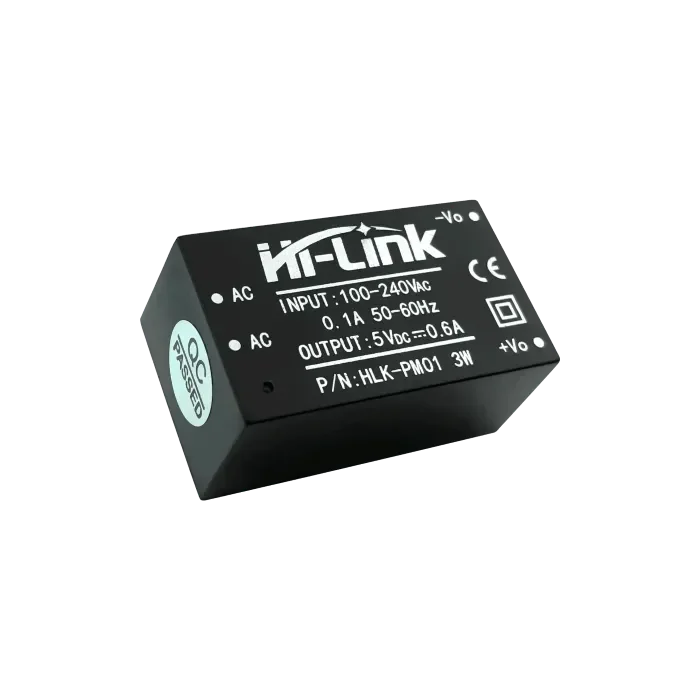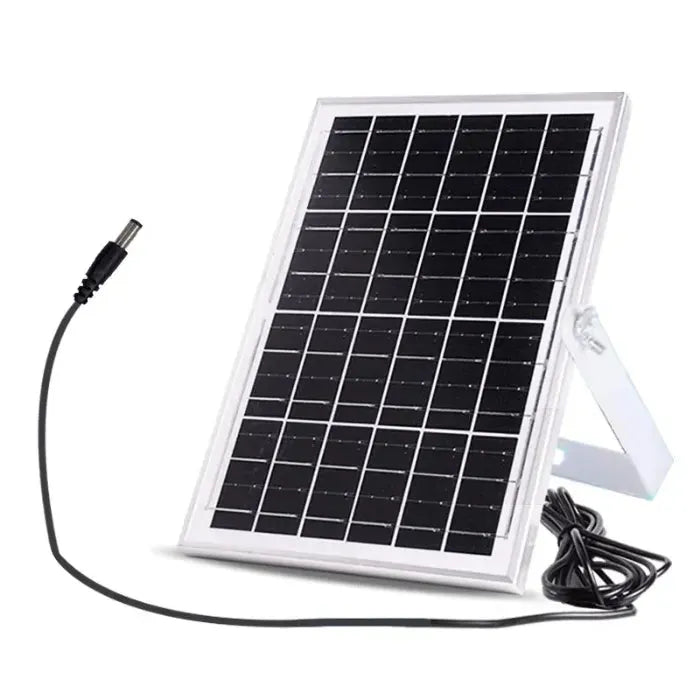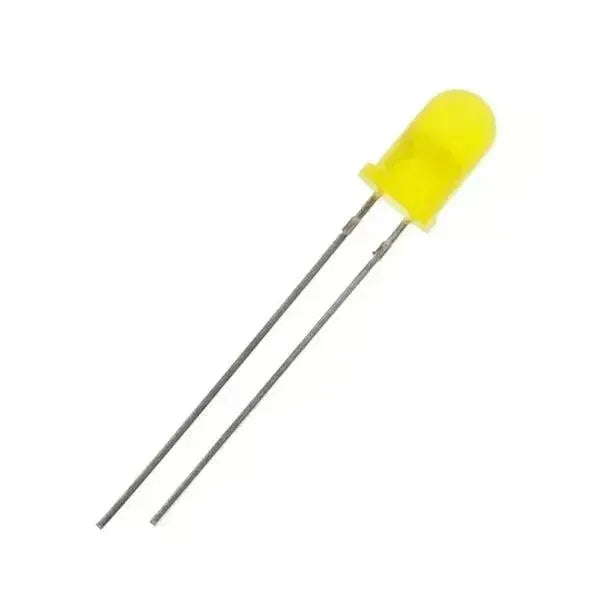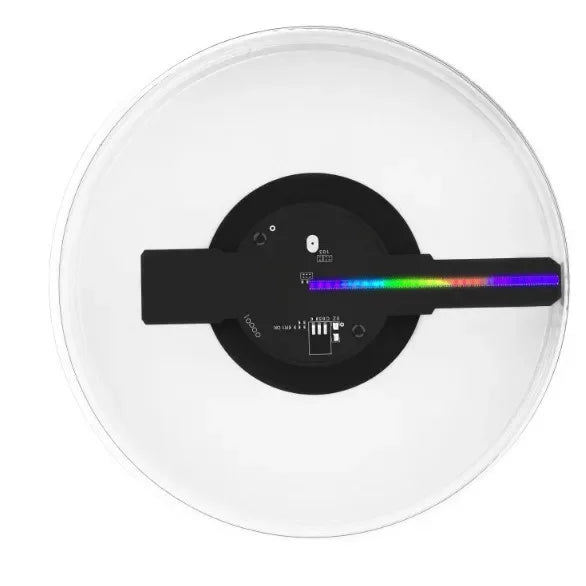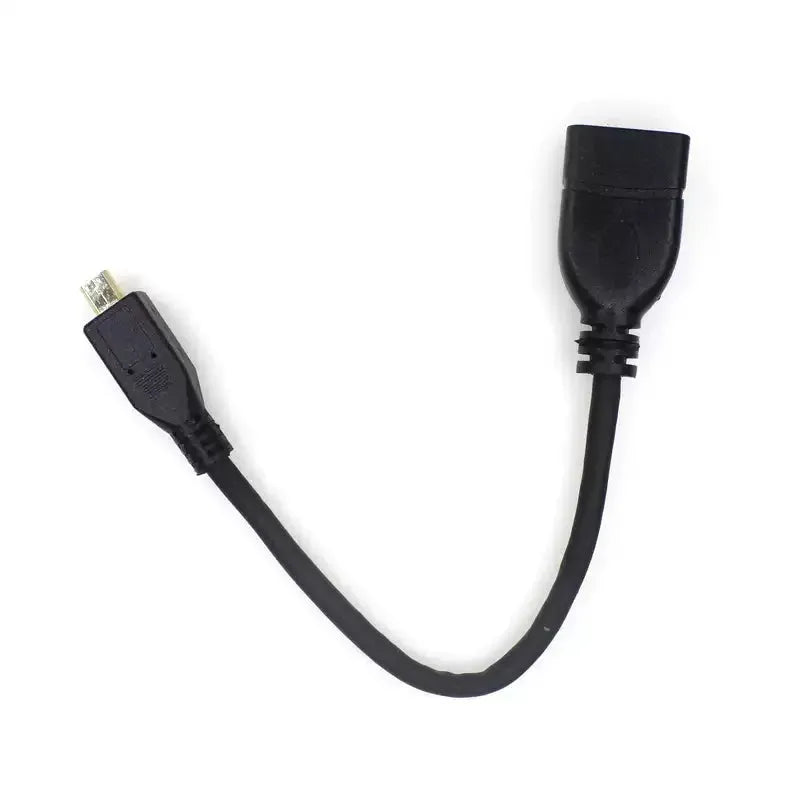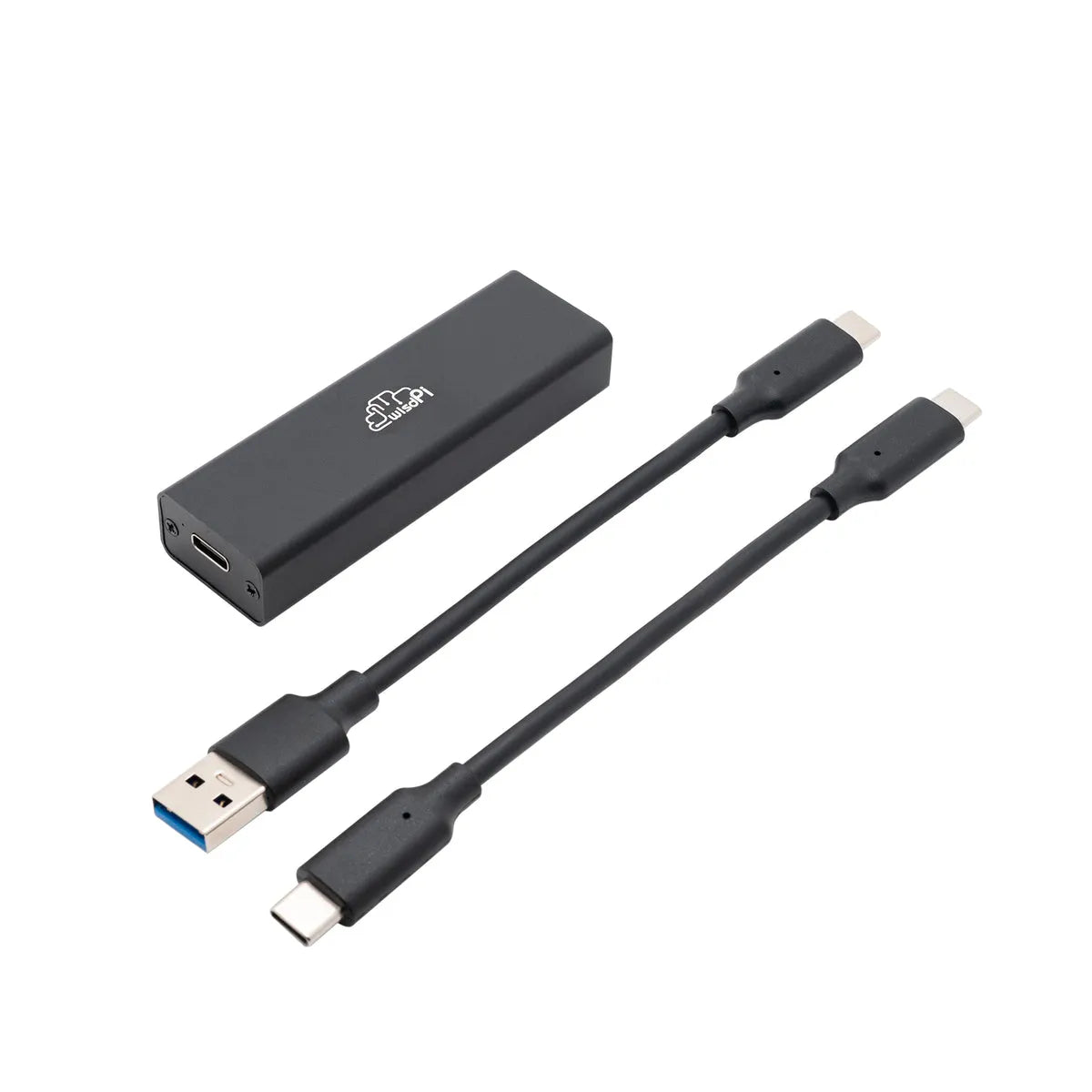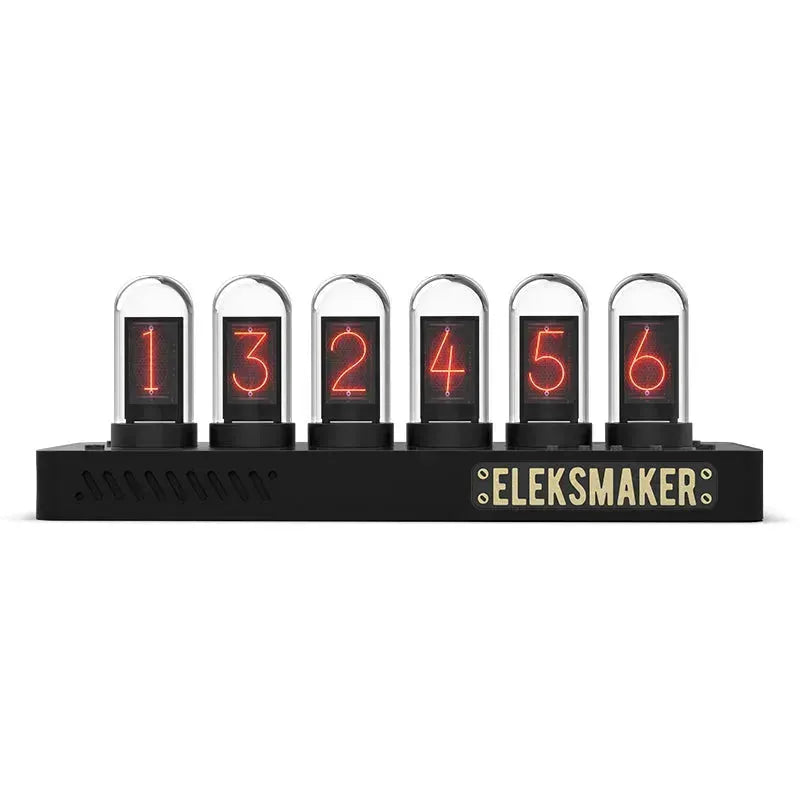The ESP32-C3 and ESP32-S3 microcontroller series from Espressif Systems are amazing! They're powerful and versatile solutions for IoT applications, offering different features that cater to various needs. In this article, we'll explore the key characteristics, technical specifications, application scenarios, practical tutorials, and a comparison to help you make informed choices.
Product Overview
ESP32-C3
The ESP32-C3 is an affordable, low-power microcontroller based on the RISC-V architecture. It integrates 2.4GHz Wi-Fi and Bluetooth Low Energy (BLE 5.0), making it suitable for IoT applications that require wireless connectivity. This chip is optimized for cost-effectiveness while providing sufficient processing power and enhanced security features, making it ideal for smart home devices, wearables, and Bluetooth gateways.
ESP32-S3
The ESP32-S3 is a high-performance microcontroller designed for multimedia and artificial intelligence (AI) applications. It features a dual-core Xtensa LX7 architecture, supports AI acceleration, and integrates Wi-Fi and Bluetooth. The ESP32-S3 is tailored for use cases requiring higher processing power, multimedia support, and AI capabilities, making it suitable for edge computing, voice recognition, and intelligent displays.
Technical Specifications Comparison
| Feature | ESP32-C3 | ESP32-S3 |
| Architecture | RISC-V 32-bit single-core processor | Xtensa LX7 dual-core processor |
| Clock Speed | Up to 160 MHz | Up to 240 MHz |
| Wi-Fi | 2.4 GHz | 2.4 GHz |
| Bluetooth | BLE 5.0 | BLE 5.0 |
| Memory | 400 KB SRAM, 384 KB ROM | 512 KB SRAM, up to 16 MB external PSRAM |
| Flash Storage | Supports up to 4 MB external flash | Supports up to 16 MB external flash |
| USB Support | Not supported | USB OTG support |
| AI Acceleration | Not supported | Supports vector acceleration for AI |
| Security Features | AES, SHA, RSA hardware encryption, secure boot | Advanced security, including flash encryption and secure boot |
| Peripheral Interfaces | GPIO, SPI, I2C, UART, ADC, PWM | Rich interfaces: I2S, touch sensors, camera interface, etc. |
| GPIO Pins | 22 | Up to 45 |
| Operating Temperature | -40°C to 85°C | -40°C to 105°C |
| Power Consumption | Optimized for low power | High performance with power-saving modes |
Application Scenarios
ESP32-C3 Application Scenarios
1. Smart Home Devices: This is great for smart lights, thermostats, door locks and environmental sensors that need Wi-Fi and BLE connectivity.
2. Wearable Electronics: Great for fitness trackers, health monitors, and other battery-operated gadgets because it uses so little power.
3. Bluetooth Gateways: Can be used as a BLE to Wi-Fi gateway for health devices, smart appliances, and location-based services.
4. Secure IoT Devices: Provides strong security features like secure boot and flash encryption, making it suitable for applications requiring data integrity and confidentiality.
ESP32-S3 Application Scenarios
- AI and Machine Learning: Designed for edge computing applications that perform AI inference, such as voice assistants, image classification, and gesture recognition.
- Industrial Automation: With its high processing power and extensive GPIO, ESP32-S3 is suitable for complex automation tasks, motor control, and robotics.
- Multimedia Applications: Supports camera modules and LCD displays, making it ideal for video streaming, smart mirrors, and interactive screens.
- Edge Computing: Perfect for IoT devices that need to process data locally before sending it to the cloud, reducing latency and network dependency.
Practical Tutorials
ESP32-C3 Tutorial: Implementing a Low-Power BLE Sensor
Step 1: Setup Development Environment
- Download and install the Arduino IDE or ESP-IDF.
- Add the ESP32 board manager to Arduino IDE or set up ESP-IDF for RISC-V.
Step 2: Code for a BLE Environmental Sensor
- Use the BLE library to broadcast sensor data, such as temperature or humidity, over Bluetooth.
- Enable power-saving features to extend battery life.
#include <BLEDevice.h>
#include <BLEUtils.h>
include <BLEServer.h>
BLEServer *pServer = BLEDevice::createServer();
BLECharacteristic *pCharacteristic = pServer->createService("180A")->createCharacteristic("2A6E", BLECharacteristic::PROPERTY_READ);
float temperature = 25.0;
void setup() {
BLEDevice::init("ESP32-C3-TempSensor");
pServer->startAdvertising();
}
void loop() {
temperature += 0.1;
pCharacteristic->setValue((uint8_t*)&temperature, sizeof(temperature));
delay(2000);
}
ESP32-S3 Tutorial: Real-Time Image Classification
Step 1: Hardware Setup
- Connect a camera module (e.g., OV2640) to the ESP32-S3.
- Use a compatible LCD display to show results.
Step 2: Configure Development Environment
- Install ESP-IDF and download the TensorFlow Lite library.
- Set up the camera and AI processing code.
Example Code: Image Classification with TensorFlow Lite
- Capture images from the camera and perform object detection using a pre-trained model.
- Display results on the connected screen.
Pros and Cons Summary
| Feature | ESP32-C3 | ESP32-S3 |
| Cost | Lower, suitable for budget-conscious projects | Higher, suitable for high-performance needs |
| Power Consumption | Low power, ideal for battery-powered devices | Higher power, can be optimized with low-power modes |
| Processing Capability | Single-core RISC-V processor, suitable for simple tasks | Dual-core high-performance processor, ideal for multitasking and complex applications |
| Security | Supports hardware encryption and secure boot, good security | More comprehensive security features, such as digital signatures |
| Memory | Suitable for small applications, less memory | More memory with support for external PSRAM, suitable for large applications |
| USB Support | Not supported | Supports USB OTG, suitable for USB-required applications |
| Development Complexity | Easy to get started, suitable for beginners | Rich features, suitable for developers with some experience |
The comparison highlights that ESP32-C3 is more suited for IoT applications focusing on low cost and low power, such as smart home devices, Bluetooth gateways, and wearables. On the other hand, ESP32-S3 is better for applications requiring high performance, multimedia processing, and AI capabilities, such as edge computing, image recognition, and industrial automation.
Choosing the Right Microcontroller
- Budget and Cost Sensitivity: Choose ESP32-C3 for projects with tight budgets or simple connectivity needs.
- Performance Requirements: ESP32-S3 is better for tasks requiring AI inference, multimedia, or complex data processing.
- Power Efficiency: For battery-powered applications, ESP32-C3’s low power consumption may be a deciding factor.
- Need for USB Connectivity: If USB functionality is needed, opt for ESP32-S3 as it supports USB OTG.
By presenting detailed information about ESP32-C3 and ESP32-S3, this guide aims to provide a comprehensive understanding of these microcontrollers and help developers choose the right solution for their IoT projects.

